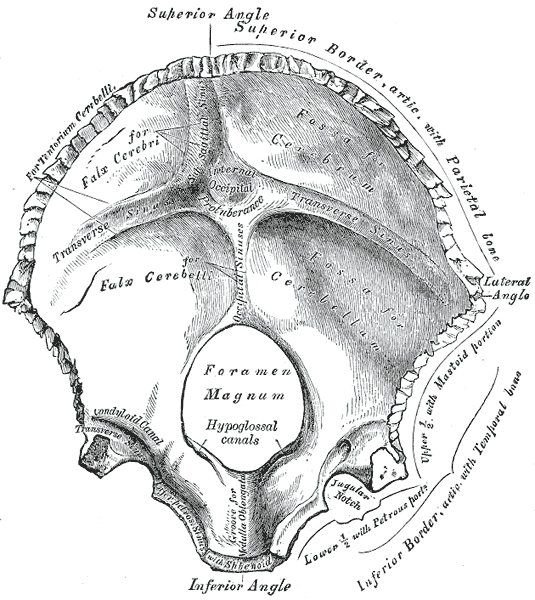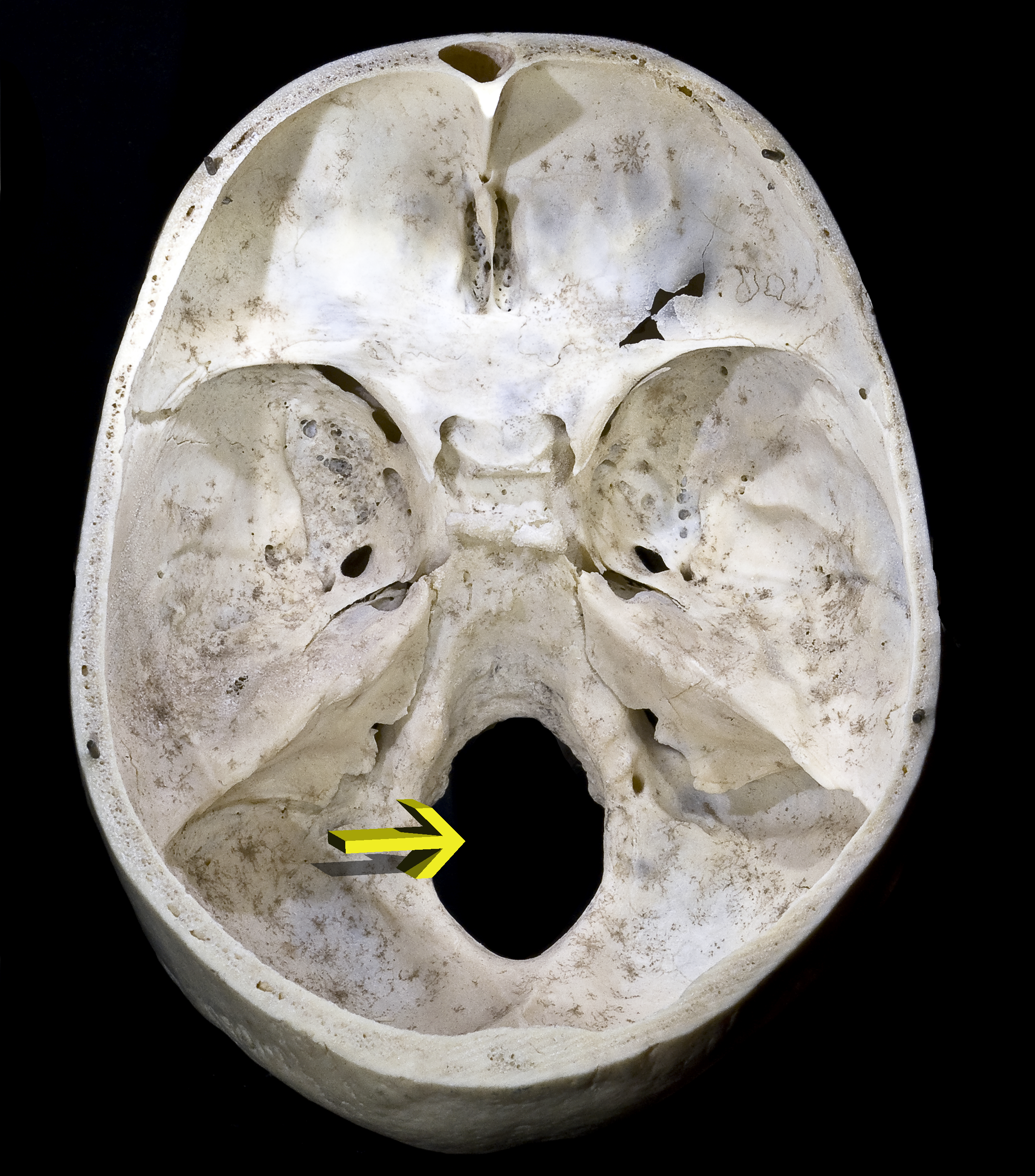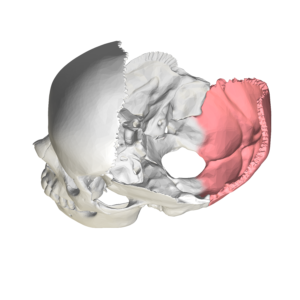
Introduction
Welcome to this in-depth exploration of one of the most significant structures in the human body – the foramen magnum. As a medical student, you’ve undoubtedly heard this term in your neuroanatomy classes. Still, perhaps you’re not entirely sure what it encompasses, how it functions, and why it’s so critical in human physiology. This article aims to shed light on these questions and more, diving deep into the fascinating world of the foramen magnum.
Understanding the Foramen Magnum
To put it simply, the foramen magnum is the largest opening in the skull. Its name derives from the Latin words, ‘foramen’ meaning opening and ‘magnum’ meaning large. This oval-shaped orifice is located in the occipital bone at the base of the skull. Its primary function is to serve as the gateway between the brain and the spinal cord, allowing for the passage of the medulla oblongata, the vertebral arteries, and the spinal accessory nerves (cranial nerve XI).
Significance in Human Evolution
Fascinatingly, the foramen magnum has played a significant role in human evolution. Studies suggest that the location of the foramen magnum is directly related to the species’ locomotion style. In quadrupedal animals, it is located further back, while in bipedal beings like humans, it has migrated to a more central position. This central placement is linked to our ability to walk upright, keeping the head balanced directly above the spine.
Implications in Medicine and Surgery
In the medical world, the foramen magnum holds immense significance. Conditions such as Chiari malformations, basilar invagination, and foramen magnum meningiomas are directly related to this structure. These are complex neurological conditions that can present with a variety of symptoms, including neck pain, balance problems, and in severe cases, paralysis.
Additionally, surgeons need a thorough understanding of the foramen magnum for posterior fossa surgeries. Any operation in this region requires meticulous precision to avoid damage to the vital neural and vascular structures passing through the foramen magnum.
Clinical Considerations
While rare, foramen magnum anomalies are critical to detect. For instance, a larger than normal foramen may suggest conditions like Achondroplasia, a form of short-limbed dwarfism. Conversely, a smaller than normal foramen magnum can cause brainstem compression, leading to potentially severe neurological impairments.
Foramen Magnum Decompression Surgery
For patients with conditions such as Chiari malformation, a foramen magnum decompression surgery may be recommended. This surgical procedure involves removing a small portion of the occipital bone to enlarge the foramen magnum. This creates more space for the brainstem and spinal cord, reducing the pressure and alleviating the associated symptoms.

Conclusion
The foramen magnum is more than just the largest hole in our skull. It’s an integral part of our anatomy, a testament to our evolution, and a critical area of study in various neurological conditions. Understanding the foramen magnum will equip you with the knowledge to address a range of clinical cases and contribute towards your journey to becoming a well-rounded healthcare professional.
Remember, medicine is a lifelong learning process. Each structure, no matter how small or large, has a story to tell and a role to play. So keep that curiosity alive and continue delving into the fascinating world of the human body.
Stay tuned for our next deep dive into another intriguing part of our anatomy. Until then, keep studying, keep questioning, and keep learning!



